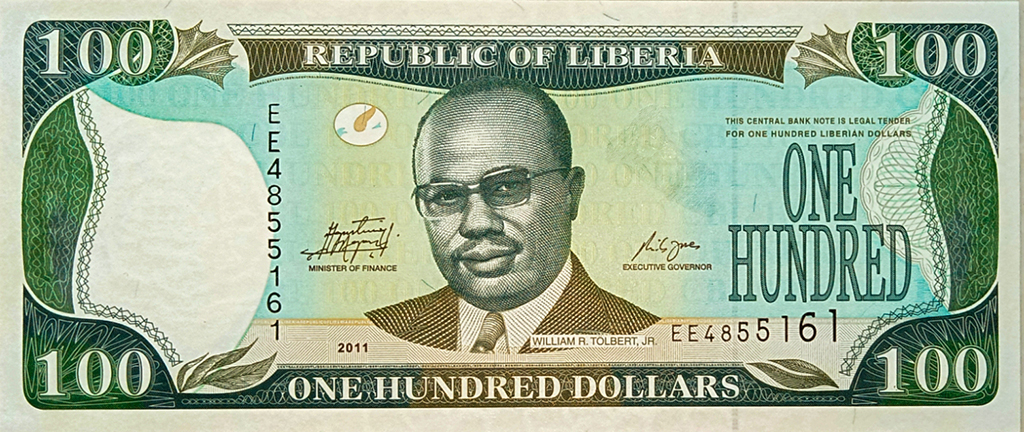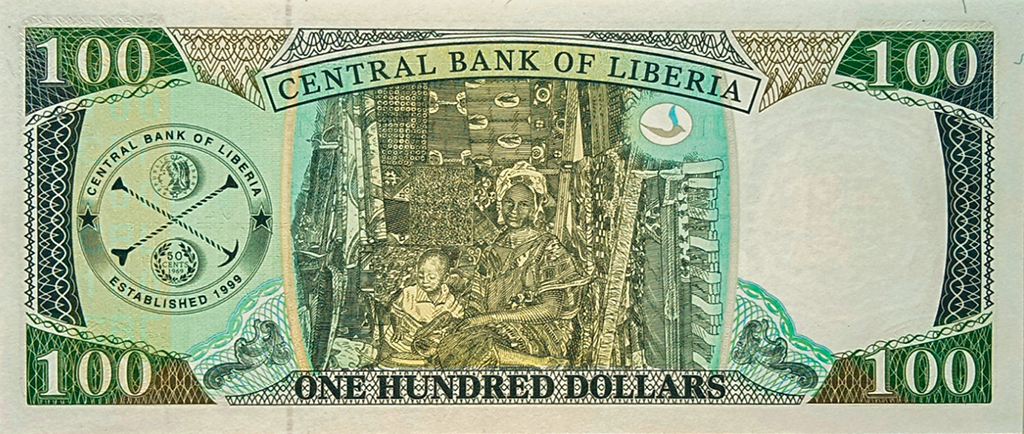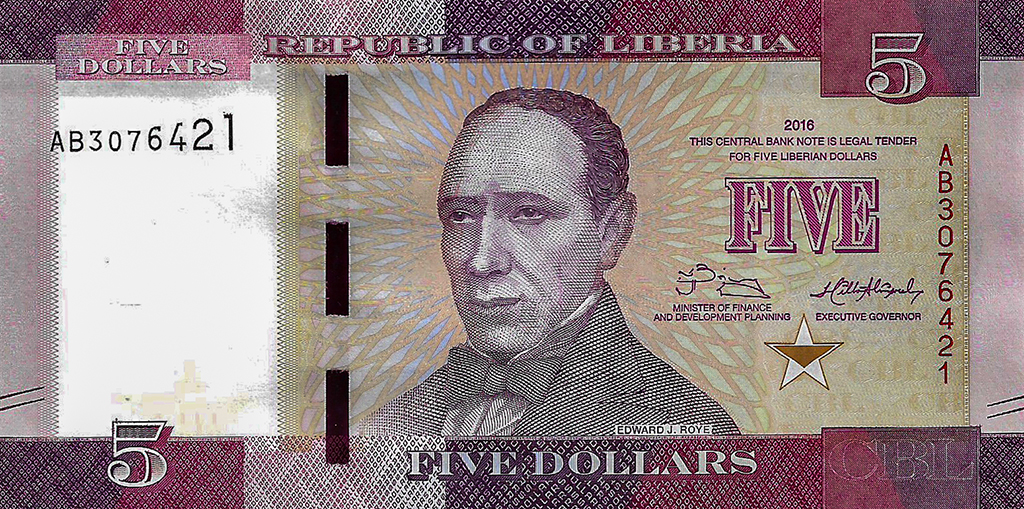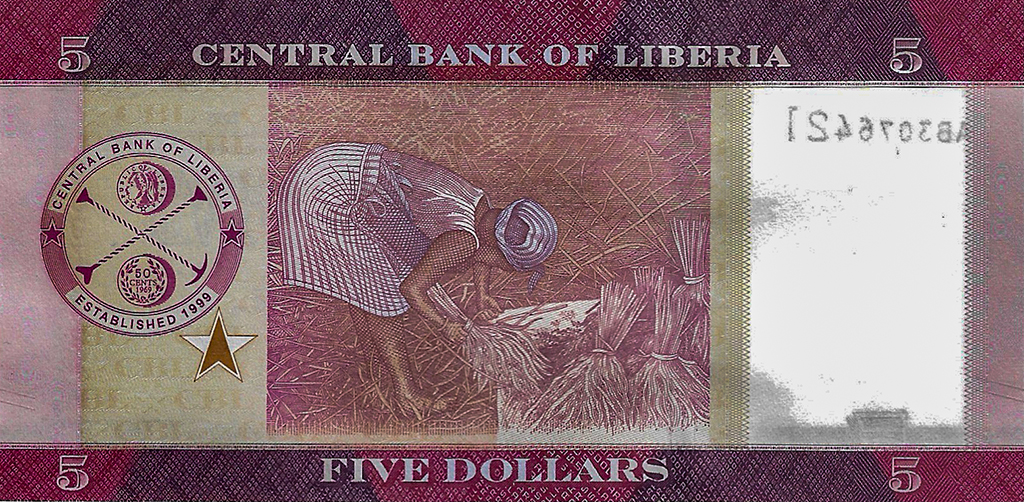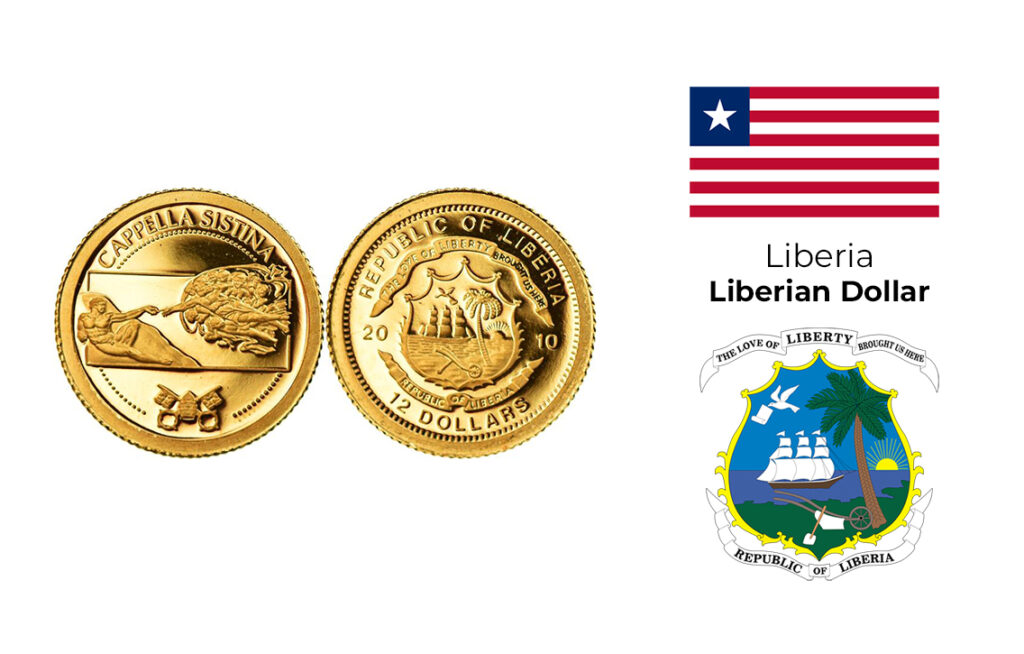
The identity crisis of Liberian Dollar
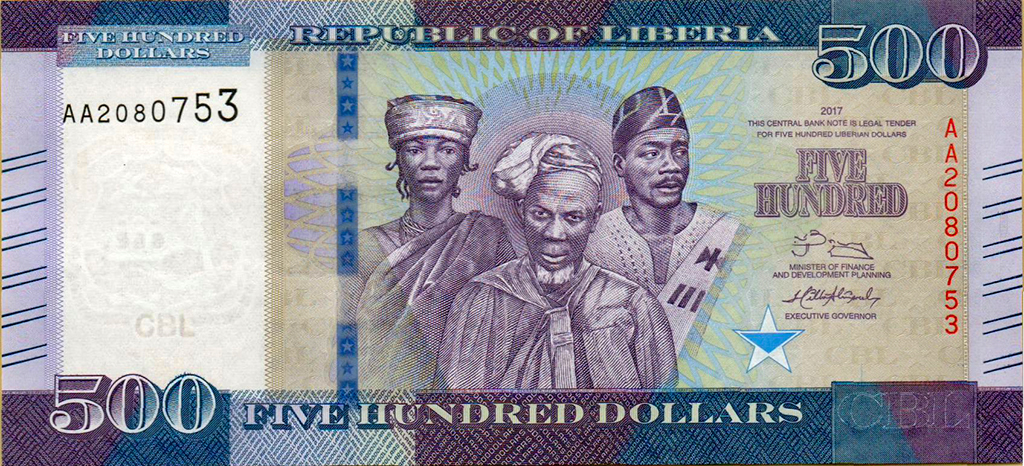
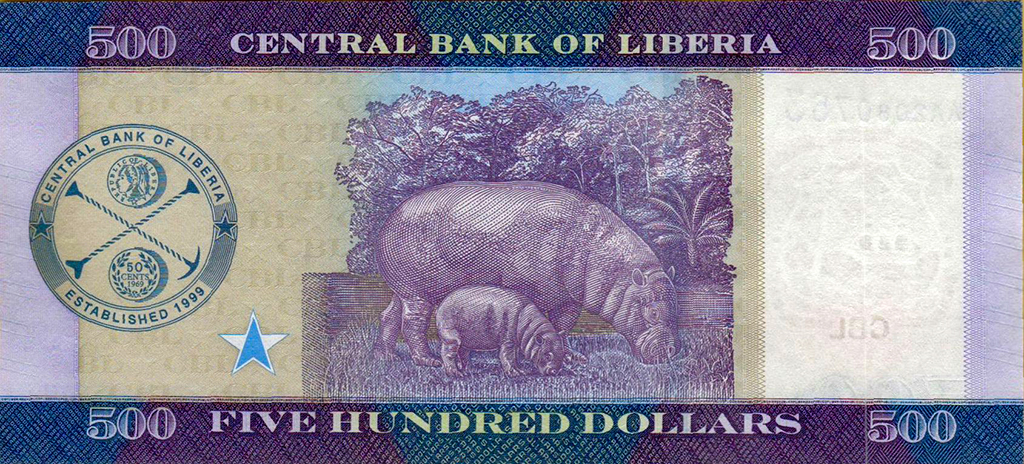

What the British did to Sierra Leone, the Americans repeated for Liberia. Sitting close to the former, Liberia was a barren patch of undeveloped land in 1822 CE, when American Colonization Society (ACS) started to settle black people, mostly freed slaves from America and the Caribbean. Forced influx of these unwelcome people in thousands gave rise to a new identity of Americo-Liberians. Courageous and hardworking, this new class of people ascended up the social ladder in their adopted country gaining a firm grip over governance and politics. They started to model Liberia in line with America; from the constitution to the flag. Even the capital city was named Monrovia after U.S. President James Monroe. Independence came early in 1847 CE when Joseph Jenkins Roberts, an established Americo-Liberian was elected as the first President. Problems started when a rift opened up between the affluent Americo-Liberians and the aboriginal people. Between 1944-71 CE, Tubman maintained balance and harmony that brought-in prosperity. A military coup by Samuel Doe in 1980 changed things drastically; Charles Taylor led a revolt against the military rule driving the country into a civil war. In 1989, UN Mission in Liberia (UNMIL) tried to control the crumbling social and economic framework.
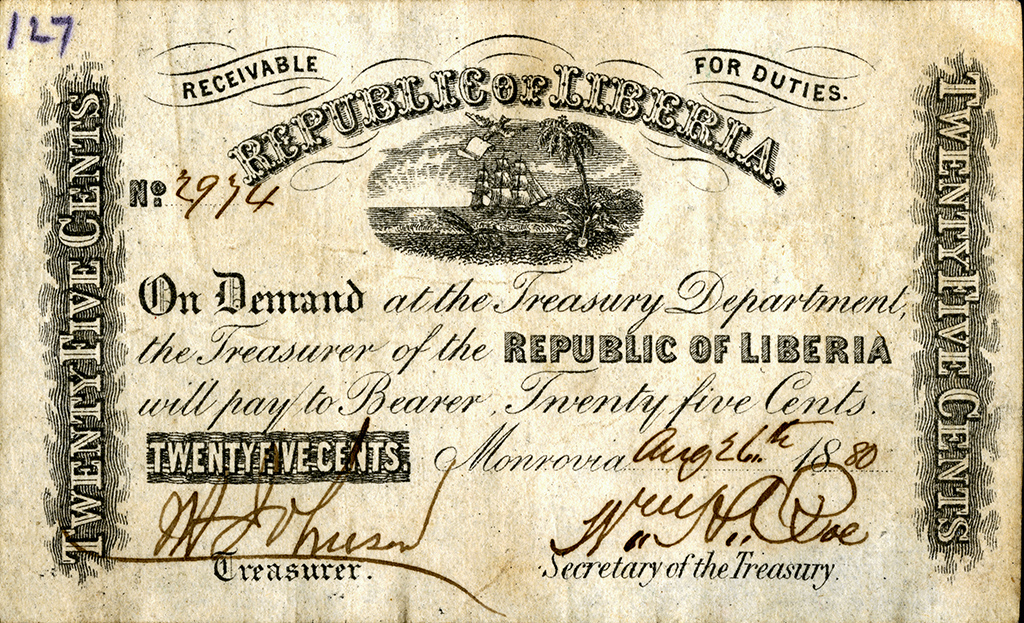
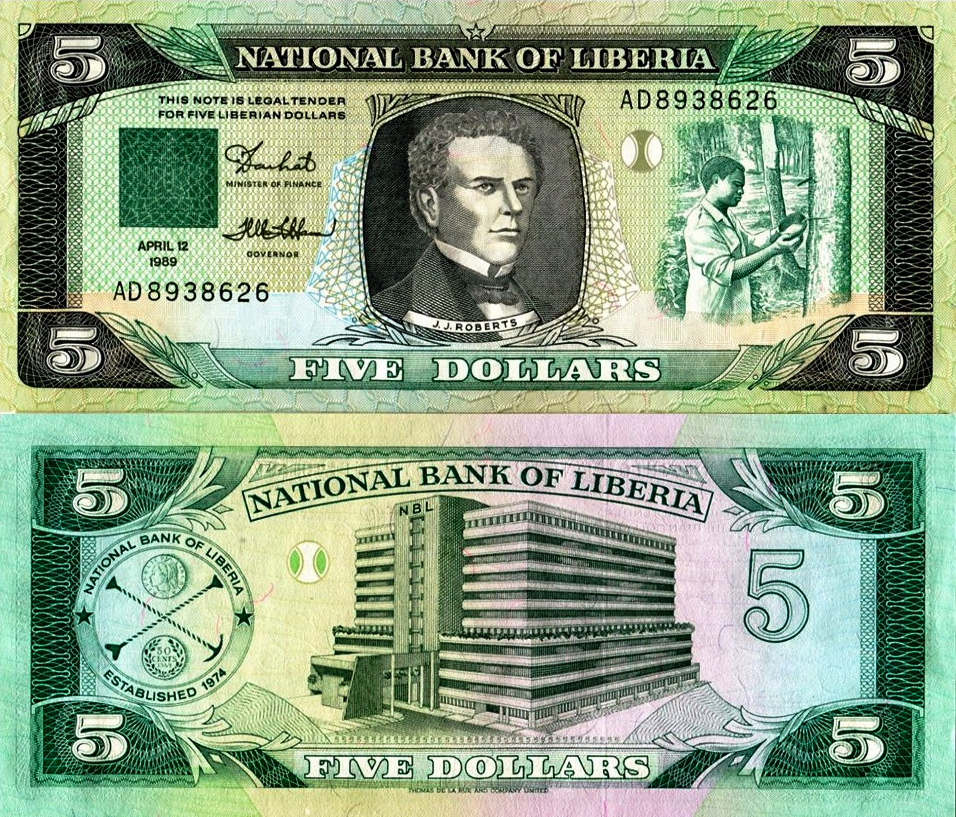
Way back in 1847 CE, the first Liberian Dollar was issued, valued at par with the USD. During 1857-1880 CE, Liberian banknotes were seen in unidesign and uniface before Liberia adopted the British West African Pound in 1907 CE. The monetary system returned to the Second Dollar in 1935 but issues were made only in coins. National Bank of Liberia was formulated in 1974 but banknotes were launched only by 1989 inspired from the US greenback. These banknotes are referred as “J J Roberts” notes. Between 1990-2004, Civil war ravaged most of Liberia resulting in looting of banknotes. To set things right, the banknote design was changed (Portrait of Roberts replaced with National emblem) and a re-print issued to banish the stolen banknotes. Liberty notes, as these were popularly known circulated in government-controlled areas while the “J J Roberts” banknotes changed hands effortlessly in the out-of-bound Liberian hinterlands. In between, Charles Taylor Government of 1999 established the Central Bank of Liberia (CBL). In 2000, CBL introduced a unified currency (1 Liberian Dollar = 1 “J J Roberts” Dollar = 2 “Liberty” Dollar).
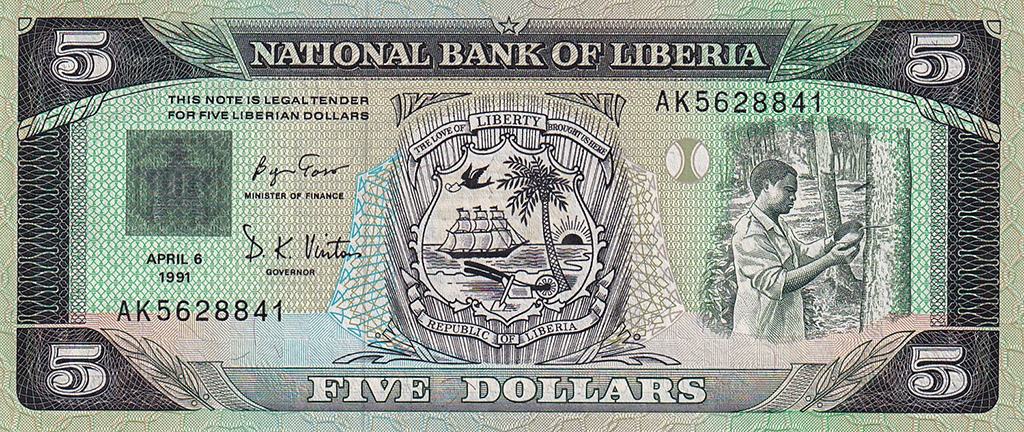
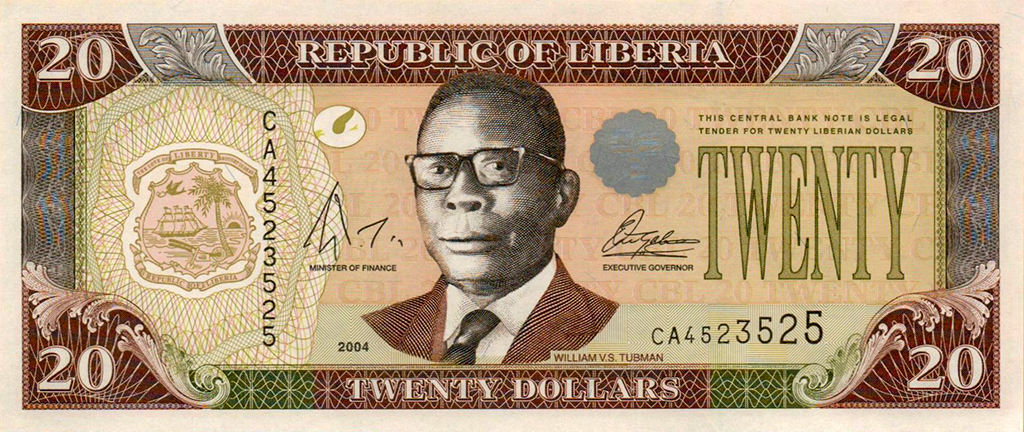
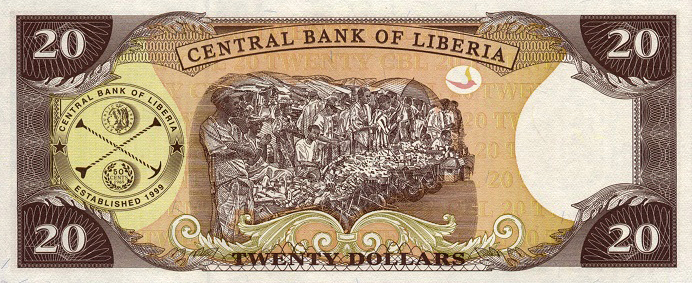
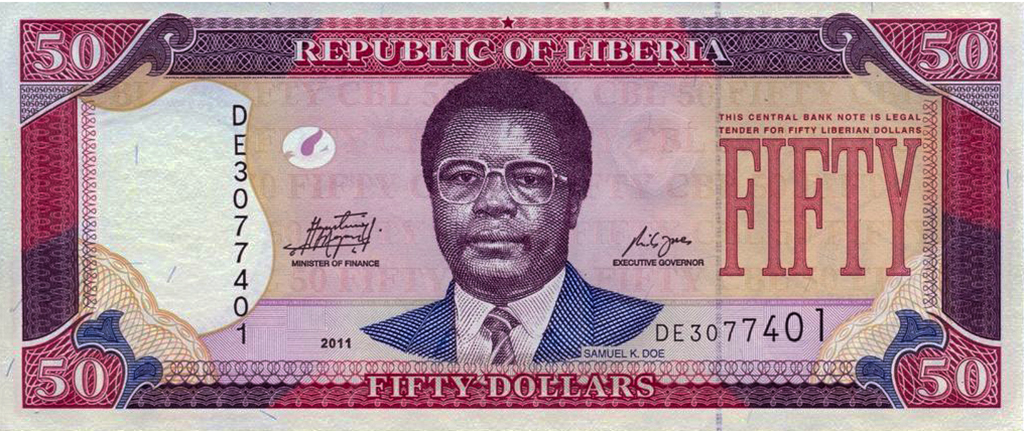
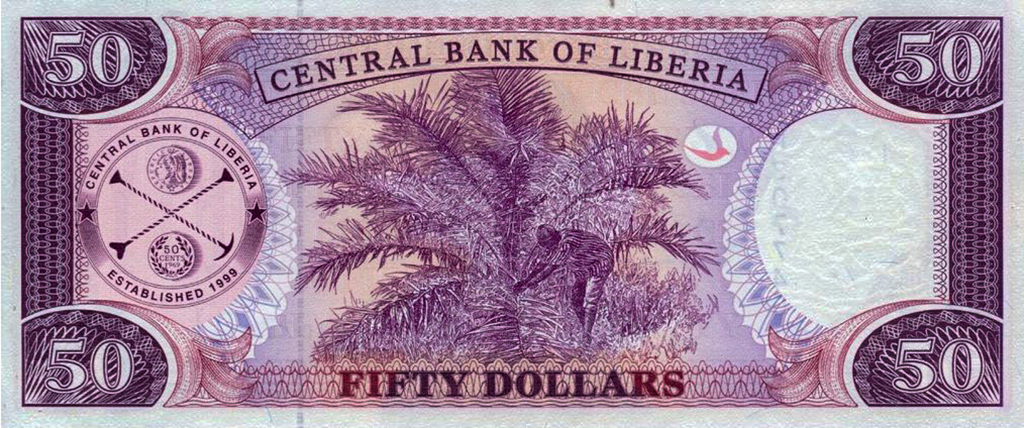
Main Features | Liberia has been fighting for an identity since its inception. The Americo-Liberians shared the skin color with the native tribal folk of Liberia but were different in their ideas about the society and development. For this precise reason, despite gaining independence in 1847 CE, the country stayed divided and was ravaged by decades of civil wars. While the Americo-Liberians wanted to model the nation in line with US, the local people wanted to celebrate their own identity. The present Liberian Dollar represents the real Liberia with the observe designed to accommodate (i) Numerals at 2 corners for denomination (identically sized) and Serial Numbers at 2 places (one each in Vertical and Horizontal configuration) (ii) Texts for denomination in words at 3 places (in 3 different sizes), “Republic of Liberia,” designation of 2 signatories (iii) Image in form of one prominent portrait – centrally placed in between two horizontal bands with the remaining area covered with geometric patterns. The simplicity of the reverse is pleasing with (i) Numerals at four corners for denomination (ii) Texts for “Central Bank of Liberia” and Denomination in words set within dark horizontal bands along the top and bottom edges. Only one image (generally depicting local life and natural riches) and emblem of CBL are seen to occupy the well-partitioned banknote.
